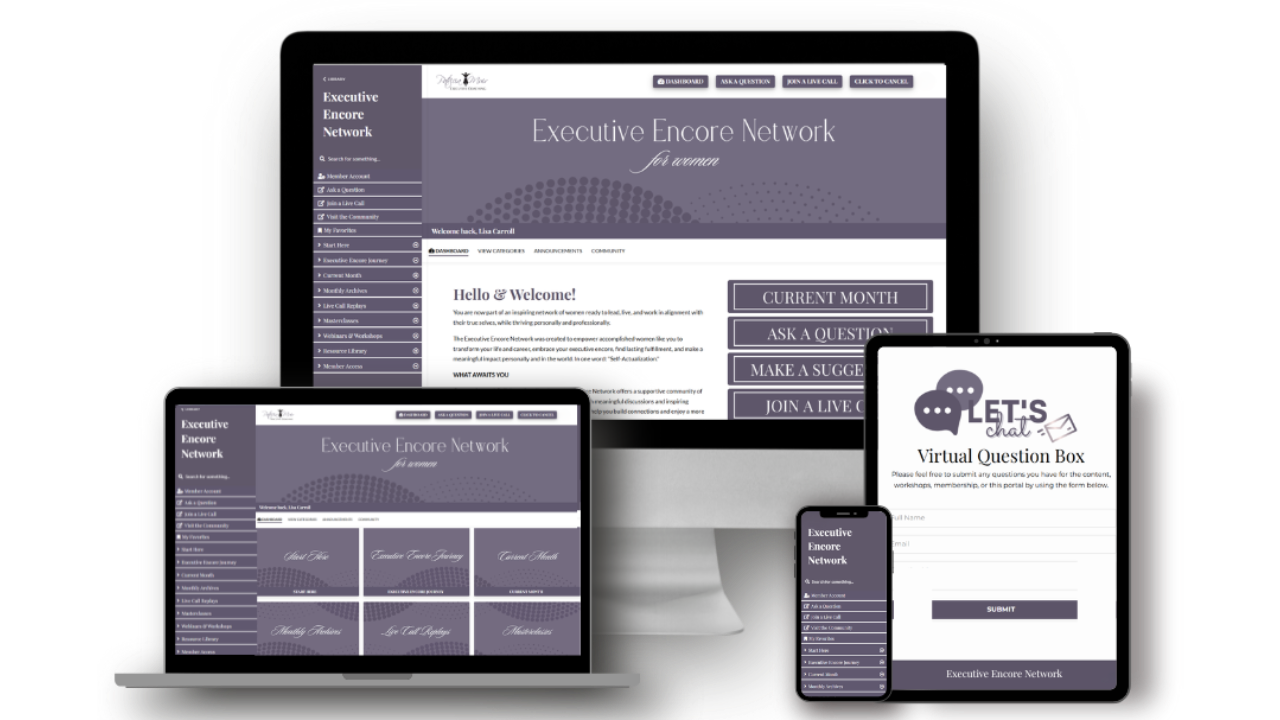
Emotional Leadership: Bad News for Buttoned-Up Leaders
Dec 27, 2017I have worked closely with leaders for over two decades and have witnessed technology change rapidly beyond the speed of light while leadership behaviours evolve at a snail’s pace. In the work I do coaching executives and executive teams, I meet many “leaders” who still cling to the idea that emotional expressiveness is seen in leaders as weak and ineffective. I discussed this recently in Emotional Expressiveness for Leaders and Myths and Assumptions about Emotions. On the contrary, research into emotional and social intelligence reveals that failure to show emotions makes leaders far less effective. Without recognizing our feelings, our ability to make wise decisions is impaired. There is an emotion at the root of all decisions.
However, feelings are often suppressed and go unexplored in the workplace as though they are taboo. We ignore feelings in our peers, employees, and customers. We assume everyone feels as we do and we go to great lengths to avoid the work needed to uncover and deal with differences.
In truth, every human interaction is emotionally charged — especially at work. You can try to ignore this reality, but do so at your own peril.
Your moods, both positive and negative, are ultimately contagious. Expressing your emotions may make the difference between inspiring employee commitment and perpetuating a culture of boredom, isolation, and apathy.
3 Basic Techniques for Developing Expressiveness
Lubar and Halpern offer three guidelines for developing expressiveness that inspires others, influences change, and drives business results.
- Generate excitement
- Put nonverbal cues to work
- Find and express a passionate purpose
We will explore these guidelines in this and the next two posts. Let’s start with generating excitement!
Generate Excitement
Authentic excitement: it’s the emotion {that} leaders tell us they want most in their people. ~ Kathy Lubar and Belle Linda Halpern, Leadership Presence: Dramatic Techniques to Reach Out, Motivate and Inspire(Penguin Group, USA, 2004)
Creating excitement begins with showing enthusiasm and fighting the urge to suppress it (in yourself and in others). The workplace can be pretty cold and oppressive when people are forced to hold back their excitement. You’ll deepen your bond with others by revealing your humanity and vulnerability when you lead with and encourage excitement
The Bad and the Ugly
Anger, frustration, and pain, when properly expressed, bring us closer to one another. Never forget, however, that expressing emotion has a powerful effect, hence, think before you emote. Always wield emotions with thoughtfulness.
Feelings are everywhere. Be gentle. ~ J. Masai
Unfortunately, we must address one important caveat: Women and members of minority groups are wise to proceed with caution. Like it or not, these groups continue to walk a tightrope between showing authenticity and playing the conformity game.
Yes, we’ve come a long way, but the road to success remains strewn with unspoken rules and hidden prejudices. If you own your emotions and feel completely comfortable with them, you’ll likely be fine.
What do you think about this?
- Are you encouraging suppression or expression of excitement?
- Are you leading by showing authentic enthusiasm or defaulting to ignoring feelings?
- Who would you need to be in order to be more expressive?
I’d love to hear from you about your experiences with emotional expressiveness in the workplace. The good, bad, and the ugly. Your comments are welcome. You can also contact me at [email protected], on LinkedIn, or on Maestro’s Facebook page.
Coming up in the next two blog posts:
- How can you put nonverbal behaviours to work in order to fully express emotions to carry your message as a leader?
- Stop explaining and relaying information! Challenge people to change and overcome obstacles to success. Express your passionate purpose.
Books and Audiobooks
Leadership Presence: Dramatic Techniques to Reach Out, Motivate and Inspire (Penguin Group, USA, 2004), Kathy Lubar and Belle Linda Halpern
Photo © auremar | Fotolia.com
Next Steps
You don’t need to navigate your Executive Encore alone. Discover a better way to take charge of your experience.
- Schedule a 30-Minute Complimentary Executive Encore Call.
Ready to elevate your encore chapter?
- Join the Executive Encore Network for Women, a membership and community of supportive women ready to inspire and uplift. Subscribe to the Sunday Encore to begin your Executive Encore Journey and register for the next Tour to learn more.


